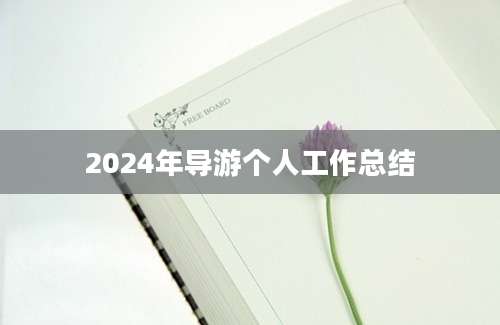范文:

How to Take Professional Photos: A Guide in English
Are you looking to improve your photography skills but struggling to find the right terms in English? Fear not! This guide will help you navigate the world of photography with confidence. Whether you're a beginner or an aspiring professional, here are some essential terms and tips to help you take stunning photos.
1. Composition
Start by focusing on the composition of your photo. A wellcomposed image will draw the viewer's eye to the most important elements. Remember the rule of thirds, which suggests dividing your frame into nine equal parts and placing the horizon, subjects, and points of interest along these lines.
2. Aperture
The aperture is the opening in the lens that controls the amount of light that reaches the camera sensor. A wider aperture (smaller fnumber) creates a shallow depth of field, making the subject stand out while the background blurs. Use a larger aperture for portraits and a smaller one for landscapes.
3. ISO
ISO is a measure of the camera's sensitivity to light. Higher ISO settings are used in lowlight conditions, but they can introduce noise into your photos. Start with a lower ISO and increase it only when necessary.
4. Shutter Speed
Shutter speed determines how long the camera's shutter is open, allowing light to hit the sensor. A fast shutter speed (e.g., 1/1000 sec) is great for capturing fastmoving subjects, while a slow shutter speed (e.g., 1/15 sec) can create a motion blur effect.
5. Focusing
Focus on the subject you want to be sharp in your photo. Modern cameras have various focusing modes, such as singlepoint, autofocus, and manual focus. Experiment with different modes to see which works best for your subject.
6. White Balance
White balance is crucial for accurate color representation in your photos. It adjusts the color temperature of the image to compensate for the color cast of the light source. Most cameras have automatic white balance settings, but you can also adjust it manually.
7. Lighting
Good lighting is essential for great photography. Natural light is often the best choice, especially during the golden hour (the hour after sunrise or before sunset). However, you can also use flash, reflectors, and diffusers to control and enhance the lighting.
8. PostProcessing
Postprocessing involves editing your photos on a computer to enhance their appearance. This can include adjusting exposure, contrast, color, and sharpness. Be careful not to overprocess your photos, as it can lead to an unnatural look.
9. Gear
Invest in a quality camera and lenses. The right equipment can make a significant difference in the quality of your photos. However, even a basic camera can produce impressive results with the right technique.
10. Practice
The best way to improve your photography skills is through practice. Take photos regularly, experiment with different techniques, and learn from your mistakes.
常见问答知识清单及解答:
1. 什么是光圈(Aperture)?
解答: 光圈是镜头中的一个开口,控制进入相机的光线量。光圈值用fstop表示,数值越小(如f/2.8),光圈越大,进光量越多。
2. 什么是ISO(ISO)?
解答: ISO是衡量相机感光度的标准。ISO值越高,相机对光的敏感度越高,但在低光条件下容易引入噪点。
3. 什么是快门速度(Shutter Speed)?
解答: 快门速度是指相机快门打开的时间长度,决定进入感光元件的光线量。快门速度越快,光线进入的时间越短。
4. 如何调整白平衡(White Balance)?
解答: 白平衡可以调整照片中的颜色温度。大多数相机都有自动白平衡设置,但也可以手动调整以获得更准确的色彩。
5. 什么是构图(Composition)?
解答: 构图是指安排照片中的元素,使其具有视觉吸引力。常用的构图技巧包括三分法则、对称、框架构图等。
6. 如何拍摄夜景(Night Photography)?
解答: 拍摄夜景需要使用慢速快门来捕捉光线,可能还需要三脚架来稳定相机。使用较低的ISO和较长的曝光时间可以减少噪点。
7. 什么是曝光(Exposure)?
解答: 曝光是指相机感光元件接收的光线量。正确的曝光可以使照片明亮且细节丰富。
8. 如何使用三脚架(Tripod)?
解答: 三脚架用于稳定相机,防止拍摄时相机抖动。使用三脚架可以拍摄长曝光照片或低光环境下的照片。
9. 什么是深度场(Depth of Field)?
解答: 深度场是指










